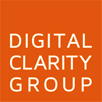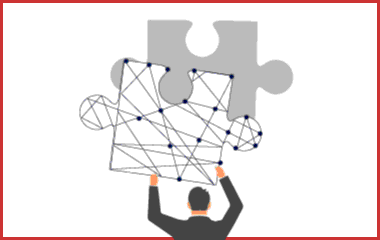IT’s role in organizational change management
IT plays a large role in organizational change management because many changes that senior executives are driving get codified in business systems, information management, collaboration tools, mobile apps, and even social tools. In fact, one school of thought (not a particularly good one) asserts that changes and decisions associated with organizational change management should be updated and codified in IT systems at the beginning of the change management process, in order to enforce desired employee behaviors. (Sounds draconian, right? Not a good way to win hearts and minds; I wouldn’t want to work there.) But no matter what, organizational changes eventually make their way into IT systems.
This premise—that IT plays a big role in systematizing organizational change—was the basis of a roundtable discussion at a recent IQPC PEX Operational Excellence conference for Oil and Gas. Here is a brief summary of the discussion points. Most of them put IT in an unflattering light, which hopefully is an exaggeration for what happens in many organizations. Nonetheless, this discussion should be a wake-up call for CIOs, IT leaders and business leaders in organizations that are trying—perhaps unsuccessfully—to drive change in their businesses.
IT’s participation in change management projects
- The organization—both IT and the business—needs to make sure it isn’t automating broken processes.
- Workers need to liaise with IT before changes are implemented; early in the discovery process management must decide how much individual managers and workers should get involved.
- IT should talk with front line workers, not just managers and executives.
- IT often gets in the way of change when they don’t understand the context for the changes.
Usability
- User interfaces can be an issue if workers don’t like it and won’t spend the time to learn it. Sometimes the UI is not fit for purpose, so workers resist it.
Data
- Dashboards are sometimes too high-level and not relevant to lower level managers, group leaders and individual contributors.
- KPIs are not the only important management metrics; contextualized data is key and should be the goal. To implement changes, the organization needs actionable intelligence.
- Sometimes there’s too much data and it’s more than anyone knows how to use.
- Big data and analytics can be important tools if used properly and made relevant to the changes.
- One of the big problems is that data is in silos. All the disciplines and functions have their own silos.
- Data needs to be accessible and integrated so that workers can find all the information they need to get the job done.
- People within the organization need to look at the same data but from different points of view.
Organizational change management is hard work, requiring a multi-faceted approach. This discussion highlights the importance of one facet: the role of IT in making organizational change stick. Without IT’s involvement in making changes, it’s much harder to operationalize change in the daily jobs of workers. Don’t overlook it.









